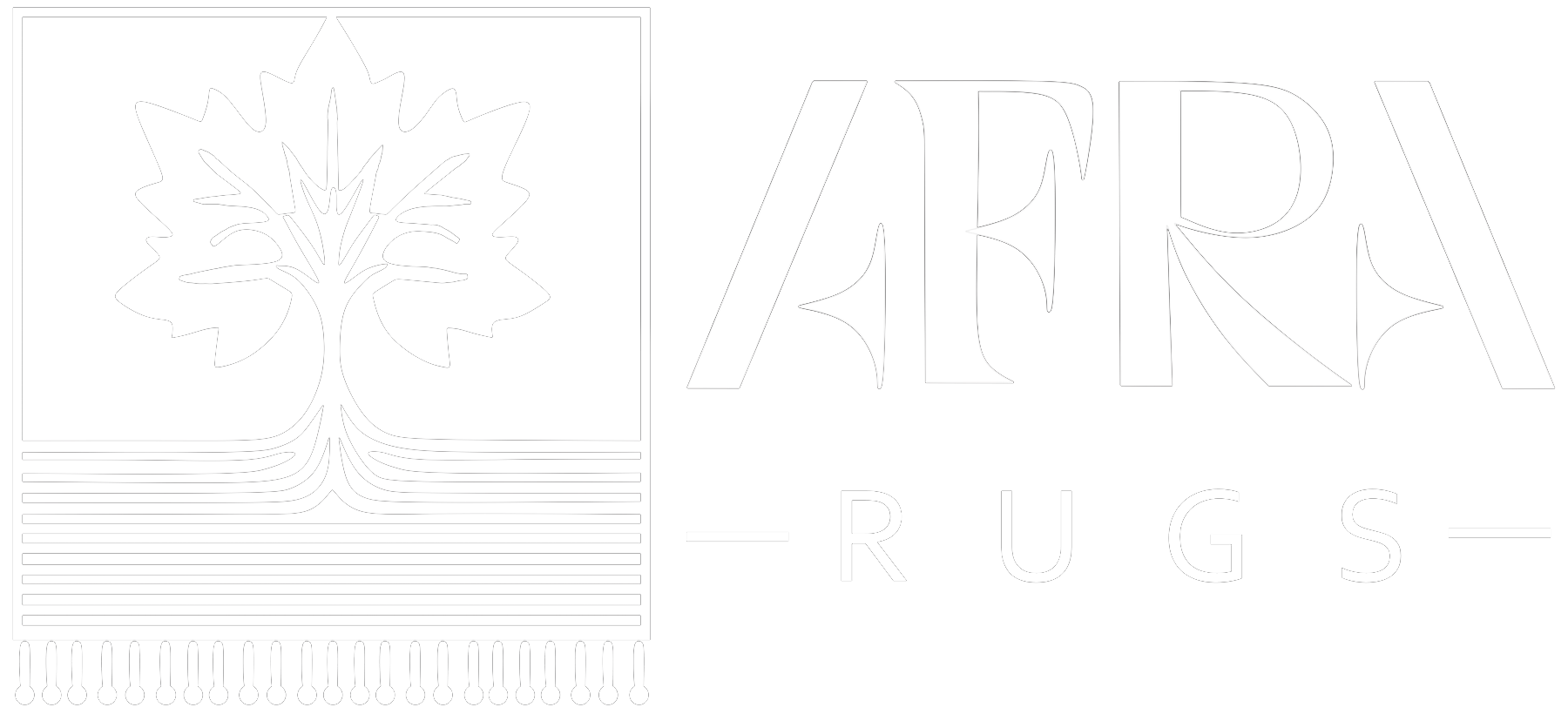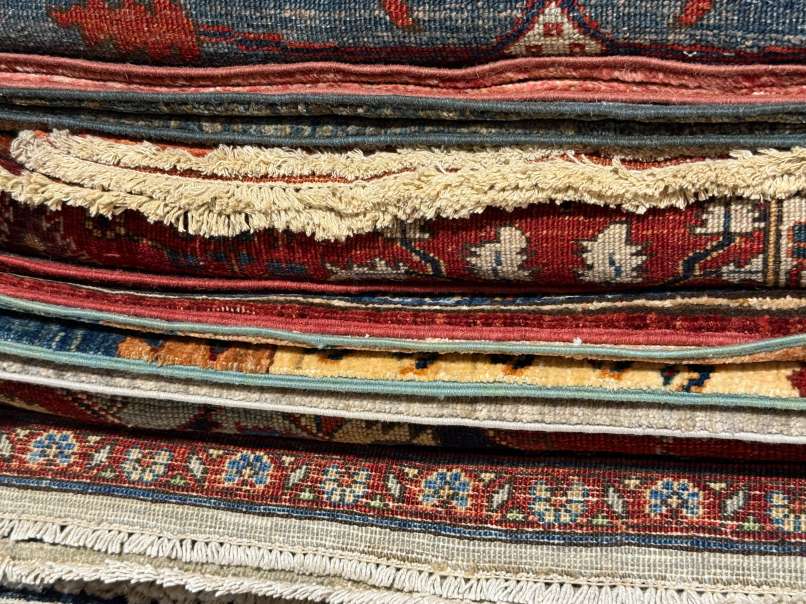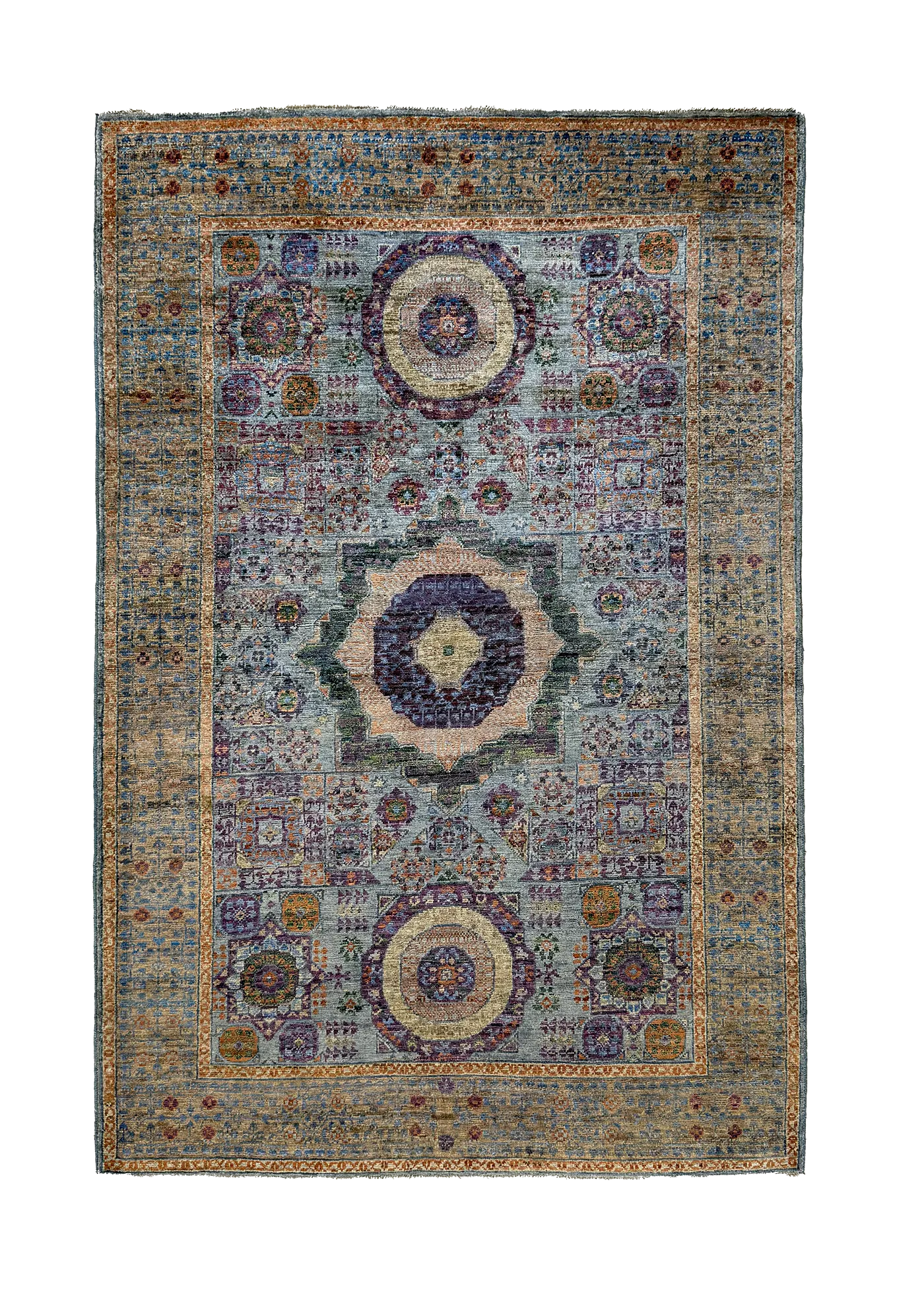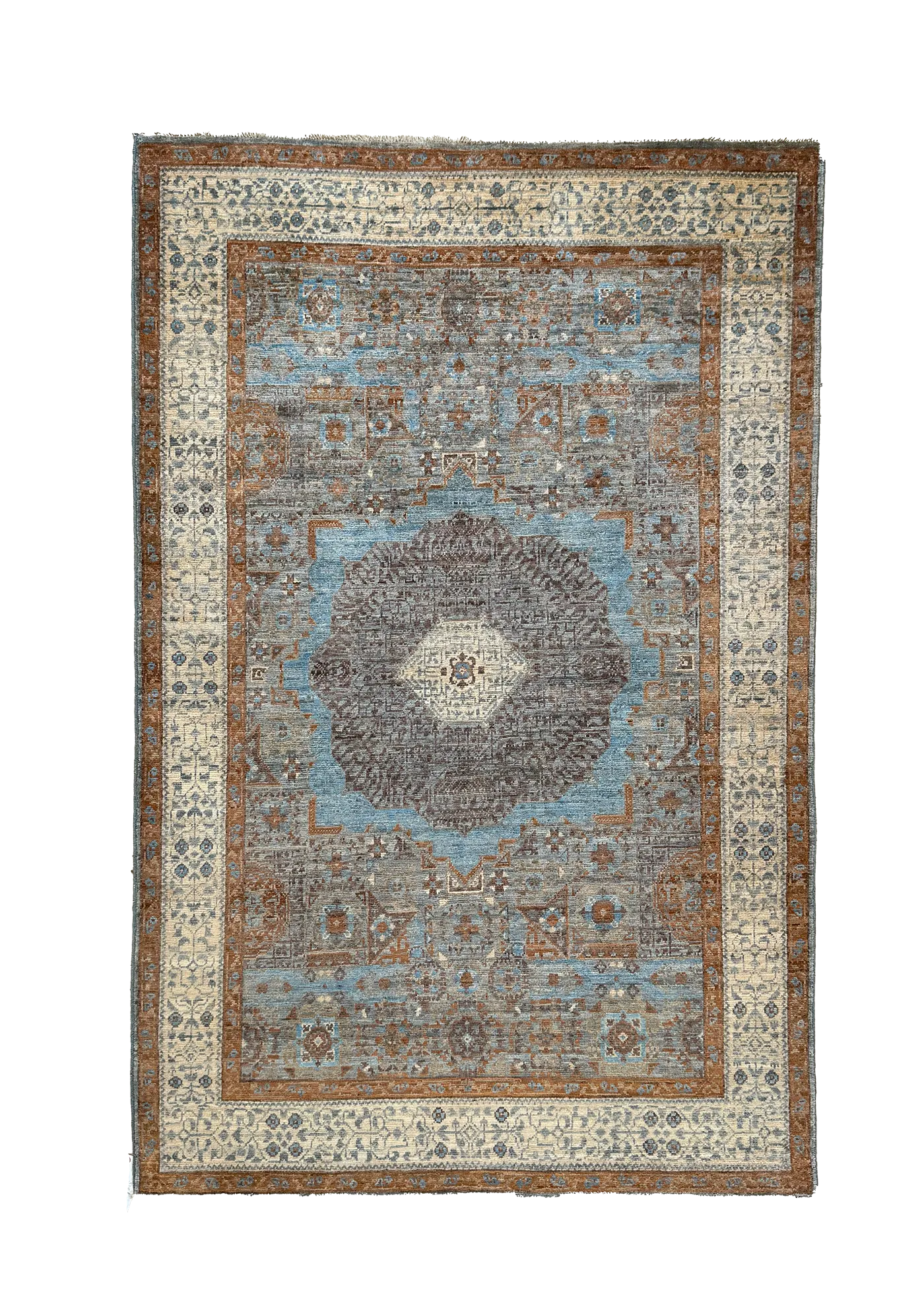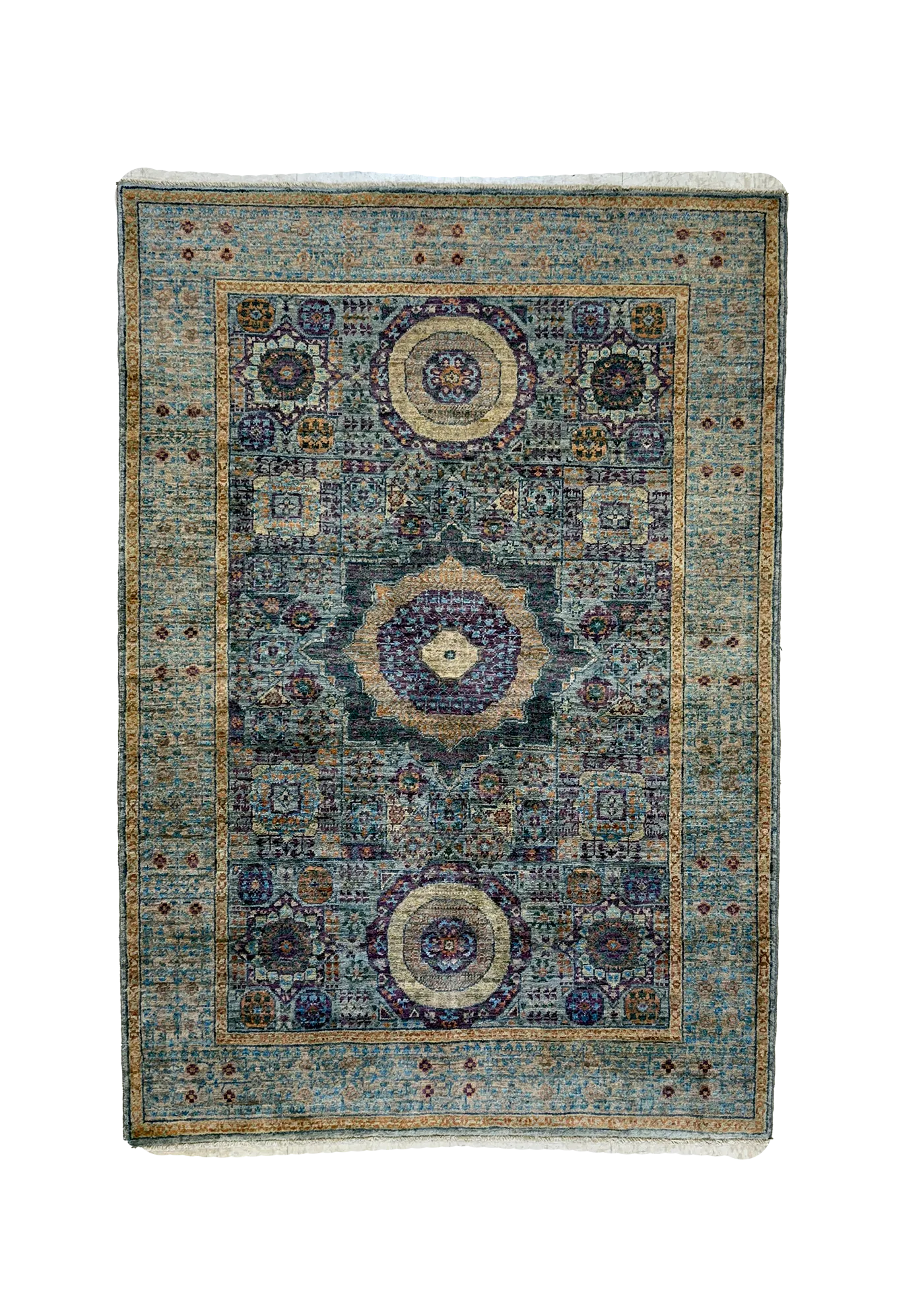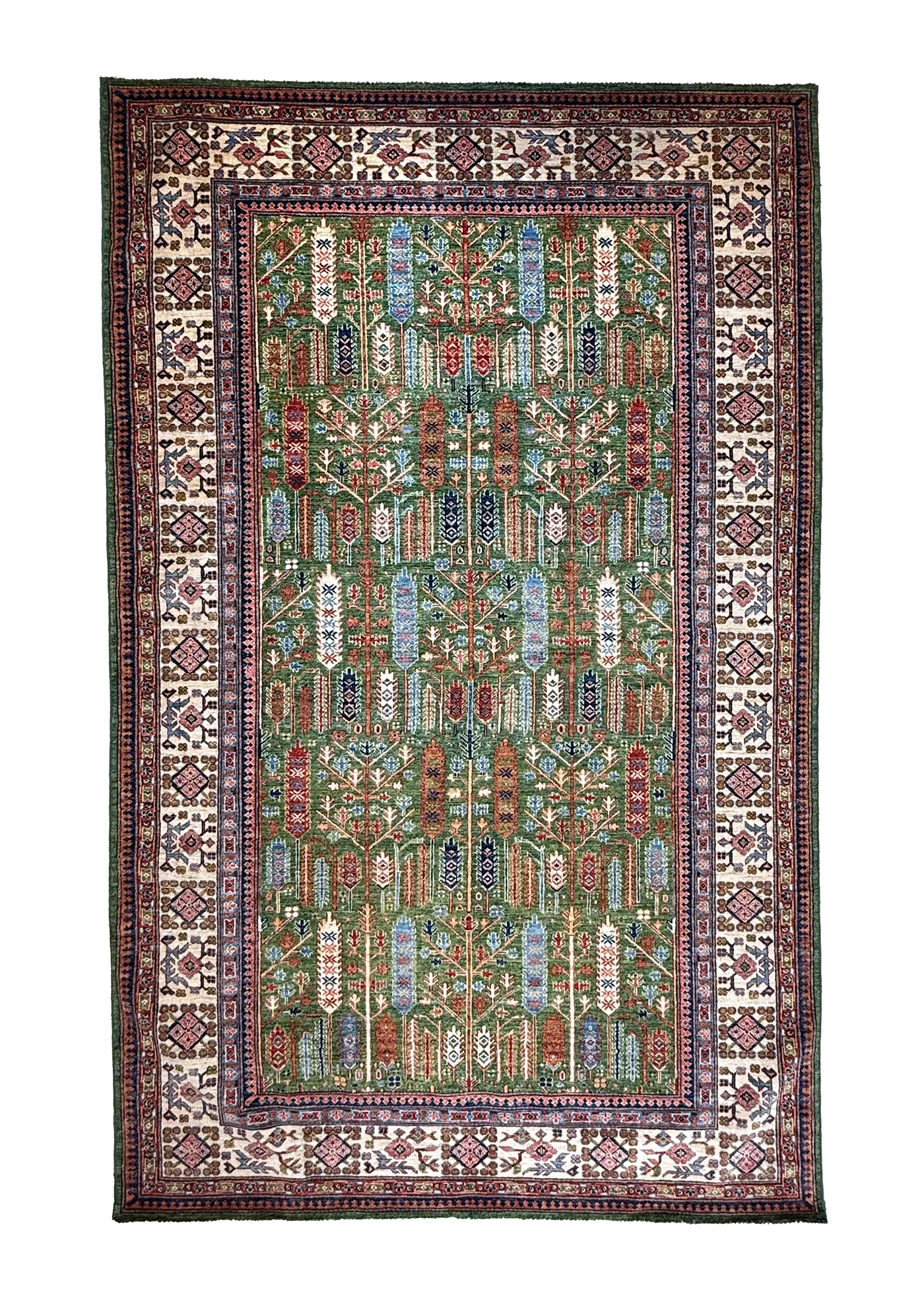What is a Vintage Persian Rug?
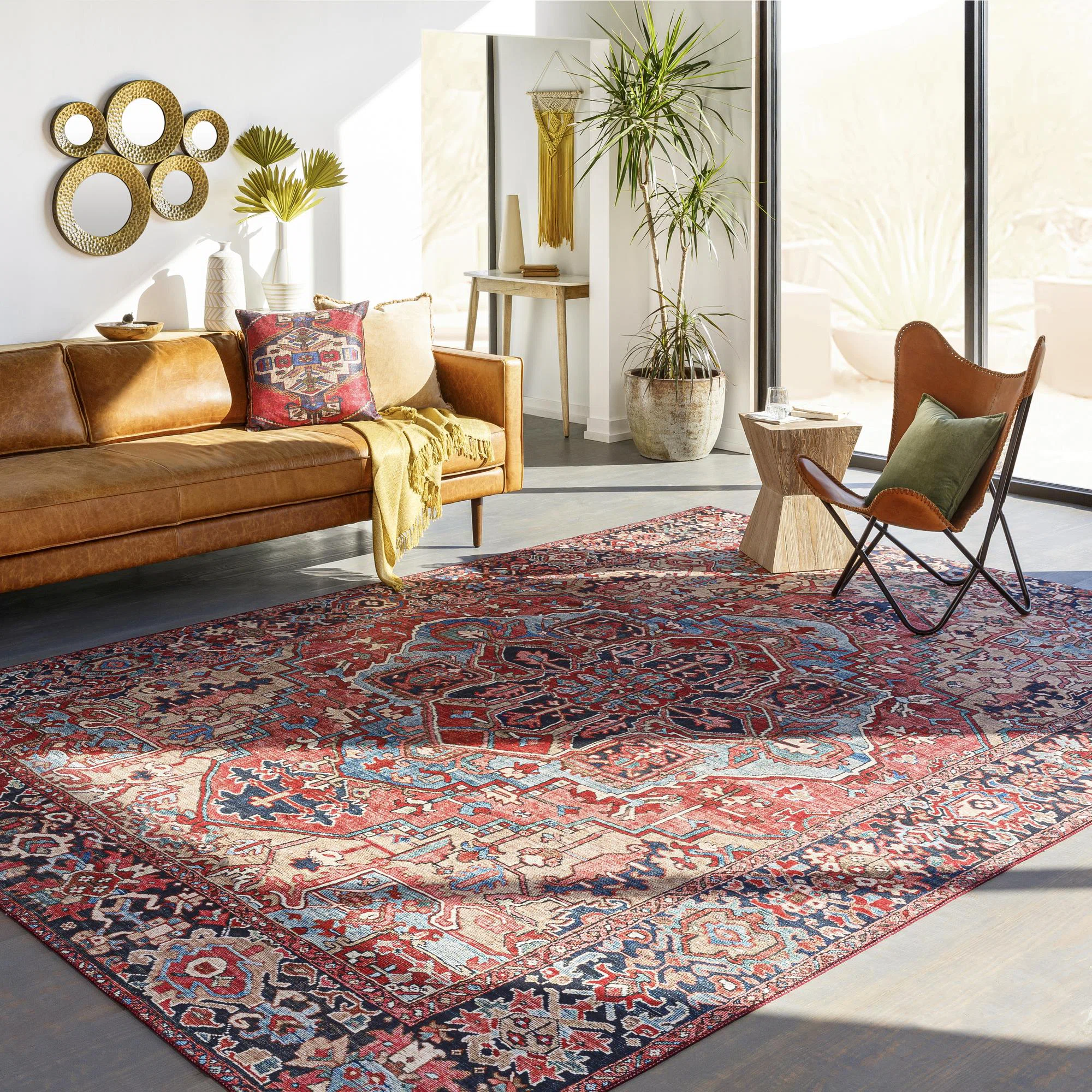
In the evolving landscape of interior design, authentic vintage Persian rugs stand as enduring symbols of artistic mastery and cultural heritage. Handwoven by skilled artisans from regions such as Tabriz, Kashan, and Qom between the 1920s and 1970s, these rugs encapsulate decades of tradition, storytelling, and time-honoured techniques. Each piece, whether crafted from sumptuous silk or resilient wool, tells a unique narrative, one shaped by the intricacies of its motifs, the subtlety of its natural dyes, and the patina that emerges with age. Explore a curated selection of time-tested designs in the Vintage Persian Rugs Collection on AfraRugs.com for inspiration.

Persian Rugs, Tabriz Grand Bazar, Iran
Defining Vintage Persian Rugs
The term “vintage” in the context of Persian rugs refers primarily to genuine, hand-knotted pieces created during a distinct historical period, generally between the 1920s and 1970s. Unlike antiques, which denote rugs over one hundred years old, vintage rugs bridge the gap between the old-world charm of earlier centuries and the modern revival of traditional aesthetics. Authentic vintage Persian rugs are distinguished by six key features:
- Authenticity of Origin: Produced in renowned Persian centers like Tabriz, Kashan, Isfahan, and Qom.
- Natural Dyeing Processes: Utilization of vegetable and mineral dyes that age gracefully.
- Hand-Knotted Construction: Dense knot counts indicating significant craftsmanship and durability.
- Distinctive Patina: A gentle fading of colors and softening of fibers that develop over decades of use.
- Cultural Motifs: Traditional patterns such as medallions, herati, boteh, and intricate floral or geometric designs.
- Material Quality: Premium wool and, in select cases, fine silk for a luxurious hand-feel and luster.
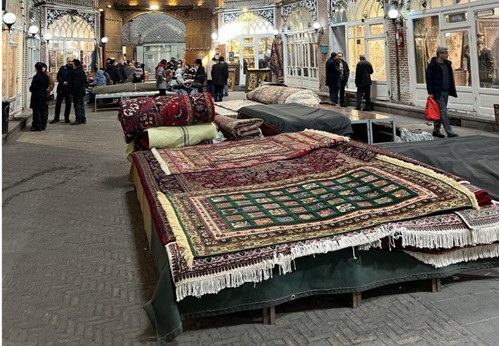
Persian Rugs, Tabriz Grand Bazar, Iran
Historical and Cultural Significance
Vintage Persian rugs are more than floor coverings; they are cultural artifacts that embody the complex history of Persia (modern-day Iran). For centuries, rug weaving was integral to social and economic life in Persian society. Workshops often operated as extended family enterprises, passing down knotting techniques from one generation to the next. When viewed through an art historical lens, these rugs reflect shifts in trade, politics, and artistic exchange between East and West.
The Art of Preservation and Care
Preserving the beauty of a vintage Persian rug requires a blend of respect for its delicate patina and practical maintenance. Unlike contemporary area rugs, which can be machine-washed or spot-treated liberally, vintage pieces demand a gentler regimen:
- Rotation: Periodically rotate the rug to ensure even fading and wear.
- Gentle Cleaning: Use a low-suction vacuum without rotating brushes to remove surface dust.
- Professional Restoration: Enlist specialized rug conservators for re-weaving or edge binding if fibers show significant thinning.
- Climate Control: Maintain moderate humidity to prevent mold or fiber brittleness.
- Avoid Direct Sunlight: Prolonged exposure can accelerate dye-fading beyond the natural patina.

Beauty of a vintage Persian rug
Integrating Vintage Rugs into Contemporary Spaces
One of the hallmarks of vintage Persian rugs is their versatility. Their faded color palettes and nuanced patterns create a harmonious counterpoint to a wide array of interior styles. Here are some inspiration points:
- Minimalist Interiors: Layer a neutral-toned vintage rug beneath sleek furniture to introduce warmth and texture.
- Eclectic and Bohemian Schemes: Combine vibrant heirlooms with global accents—think rattan chairs, macramé, and indoor plants.
- Classic Traditional Rooms: Anchor mahogany or walnut furnishings on a rug featuring deep reds, blues, and ivory medallions.
- Modern Industrial Lofts: Contrast the softness of a faded floral rug against exposed brick, metal fixtures, and concrete floors.

What is a Vintage Persian Rug
Selection Criteria for Collectors and Enthusiasts
For discerning collectors, choosing the right vintage Persian rug involves balancing aesthetic preferences, provenance, and condition. Consider these factors:
- Provenance Documentation: Seek rugs with verifiable origin records or expert appraisals.
- Knot Density: Rugs with higher knot counts typically feature finer detail but require a closer inspection for wear.
- Condition Grading: Evaluate fading, holes, or repaired areas that may affect structural integrity.
- Pattern Complexity: Decide whether bold, intricate designs or subtler, more abstract motifs suit your space.
- Color Palette: Coordinate with existing décor or use the rug as an accent piece to introduce new hues.
Discover a handpicked array of timeless designs in the Vintage Persian Rugs Collection at AfraRugs.com for your next décor inspiration.
